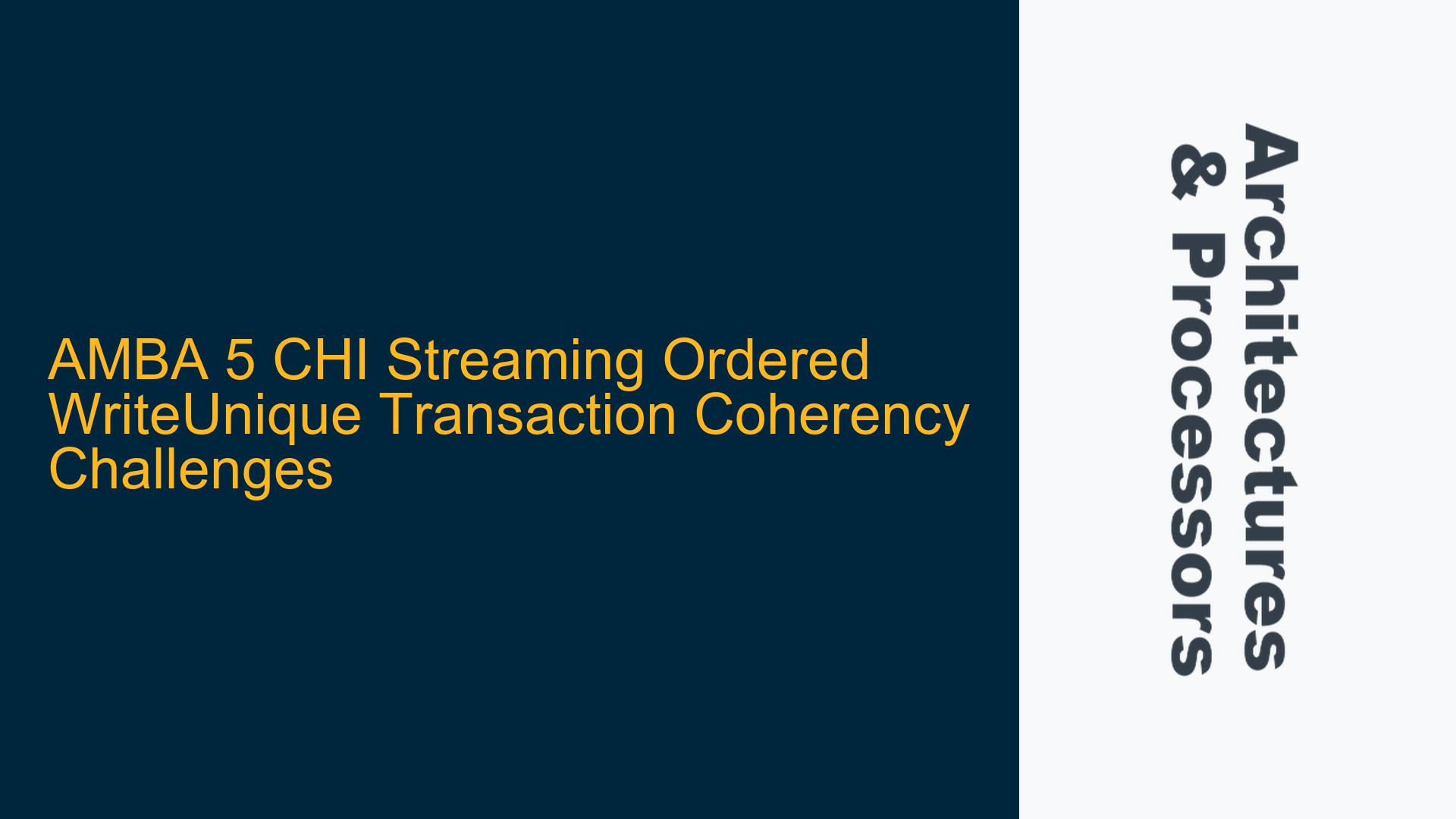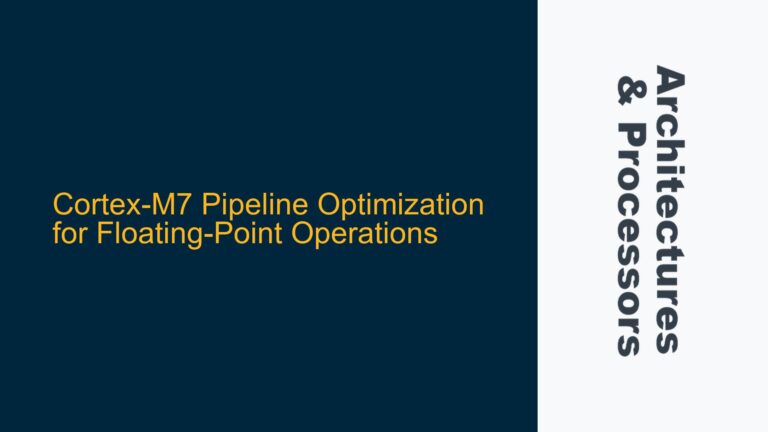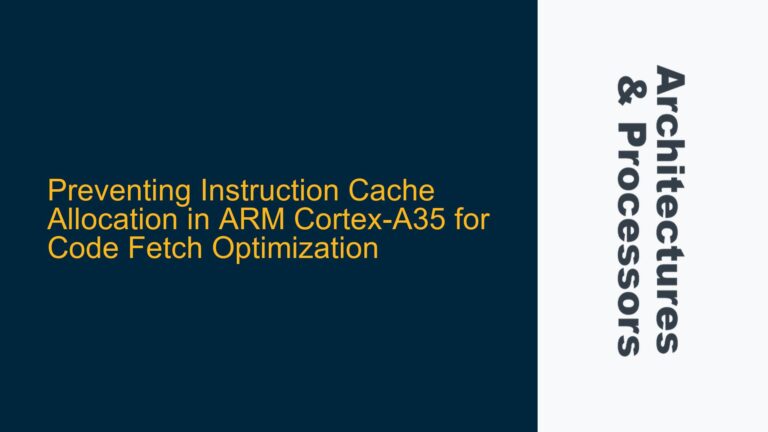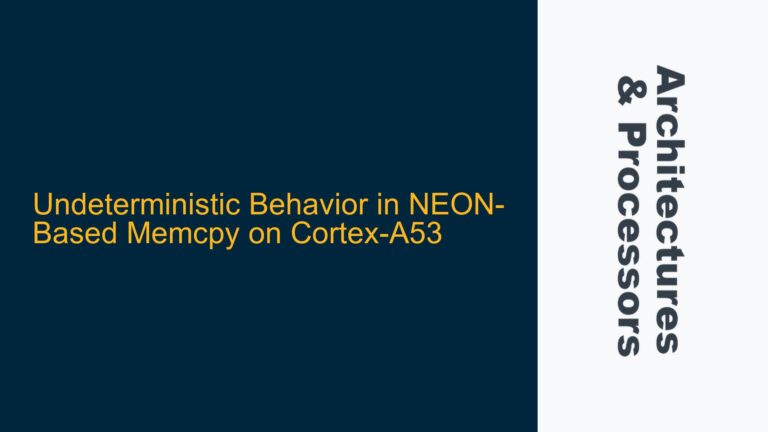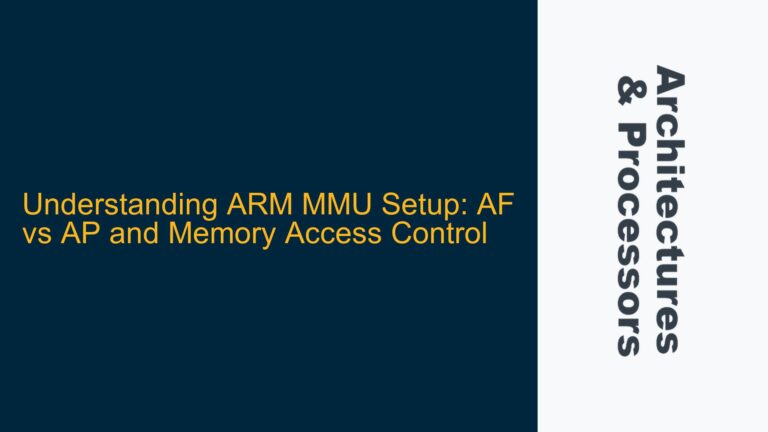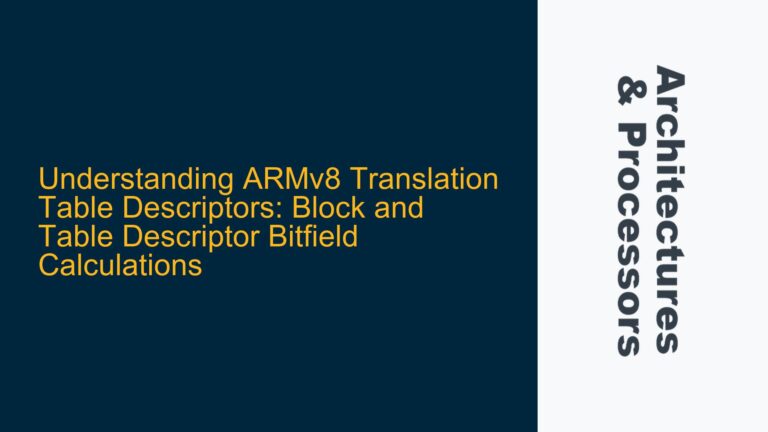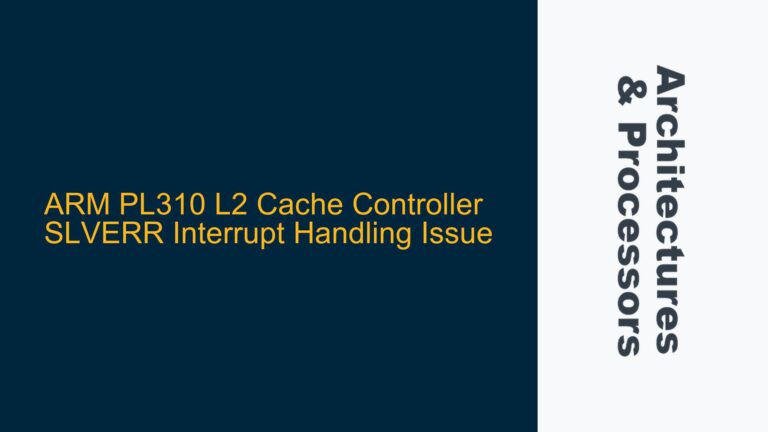AMBA 5 CHI Streaming Ordered WriteUnique Transaction Flow and Coherency Issues
The AMBA 5 CHI protocol introduces a sophisticated mechanism for handling streaming ordered WriteUnique transactions, which ensures that writes to a specific address are observed in the correct order by all requesters in the system. This mechanism is critical for maintaining coherency in multi-master systems, particularly when dealing with streaming data where the order of operations is paramount. However, the implementation of this mechanism can lead to complex coherency challenges, especially when reads and writes to the same address overlap in time. The core issue revolves around determining what data is returned to a requester when a read operation is performed on an address that is part of a stream of WriteUnique transactions, particularly before and after the completion acknowledgments (CompAcks) for these writes are received.
The CHI protocol specifies that data becomes visible only after the corresponding CompAck is received. This means that the coherency of the system depends on the precise timing of these acknowledgments and how they interact with read operations. The challenge is further compounded by the need to ensure that the coherency is maintained even when a read operation stores data in its cache after a subsequent CompAck is received. This scenario requires a deep understanding of the CHI protocol’s coherency model, the timing of CompAcks, and the interaction between reads and writes in a streaming context.
Memory Visibility and Coherency in Streaming WriteUnique Transactions
The primary cause of the coherency issues in streaming WriteUnique transactions lies in the timing of memory visibility and the interaction between read and write operations. According to the CHI protocol, data written by a WriteUnique transaction is not made visible to other requesters until the corresponding CompAck is received. This ensures that all requesters observe the write in the correct order, maintaining coherency across the system. However, this mechanism can lead to ambiguity when a read operation is performed on the same address before all CompAcks in the stream are received.
In the case where a read is made to the same address before any CompAcks are received, the data returned to the requester must be the last coherent value observed by the system. This value could be the initial value of the address or the value written by a previous write operation that has already been acknowledged. The challenge here is to ensure that the read operation does not return a value that is part of an unacknowledged write, as this would violate the coherency model.
When a read is made after receiving CompAck-A but before receiving CompAck-B, the data returned to the requester must reflect the value written by Write-A, as this write has been acknowledged and is therefore visible to all requesters. However, the coherency challenge arises when the read operation also stores the data in its cache. If the cache stores the value from Write-A, it must ensure that this value is not overwritten by the subsequent Write-B until CompAck-B is received. This requires careful management of the cache state and the timing of cache updates to maintain coherency.
Implementing Coherency Mechanisms for Streaming WriteUnique Transactions
To address the coherency challenges in streaming WriteUnique transactions, several mechanisms must be implemented to ensure that the correct data is returned to the requester and that coherency is maintained across the system. These mechanisms include precise timing of CompAcks, careful management of cache states, and the use of barriers to enforce ordering constraints.
First, the timing of CompAcks must be carefully managed to ensure that data is made visible to requesters only after the corresponding CompAck is received. This requires the implementation of a mechanism that tracks the status of each write operation in the stream and ensures that CompAcks are issued in the correct order. This mechanism must also handle cases where writes are interleaved with reads, ensuring that reads do not return unacknowledged write data.
Second, the cache state must be managed to ensure that the correct data is stored and returned to the requester. When a read operation is performed after CompAck-A but before CompAck-B, the cache must store the value from Write-A and ensure that this value is not overwritten by Write-B until CompAck-B is received. This requires the implementation of a cache coherency protocol that can handle overlapping reads and writes and enforce the correct ordering of cache updates.
Finally, barriers must be used to enforce ordering constraints between reads and writes. In the case of streaming WriteUnique transactions, barriers can be used to ensure that reads do not return data from unacknowledged writes and that writes are observed in the correct order by all requesters. This requires the implementation of a barrier mechanism that can be inserted between write operations and read operations to enforce the necessary ordering constraints.
In conclusion, the coherency challenges in streaming WriteUnique transactions require a combination of precise timing, careful cache management, and the use of barriers to ensure that the correct data is returned to the requester and that coherency is maintained across the system. By implementing these mechanisms, designers can ensure that the AMBA 5 CHI protocol’s coherency model is correctly enforced, even in complex streaming scenarios.
